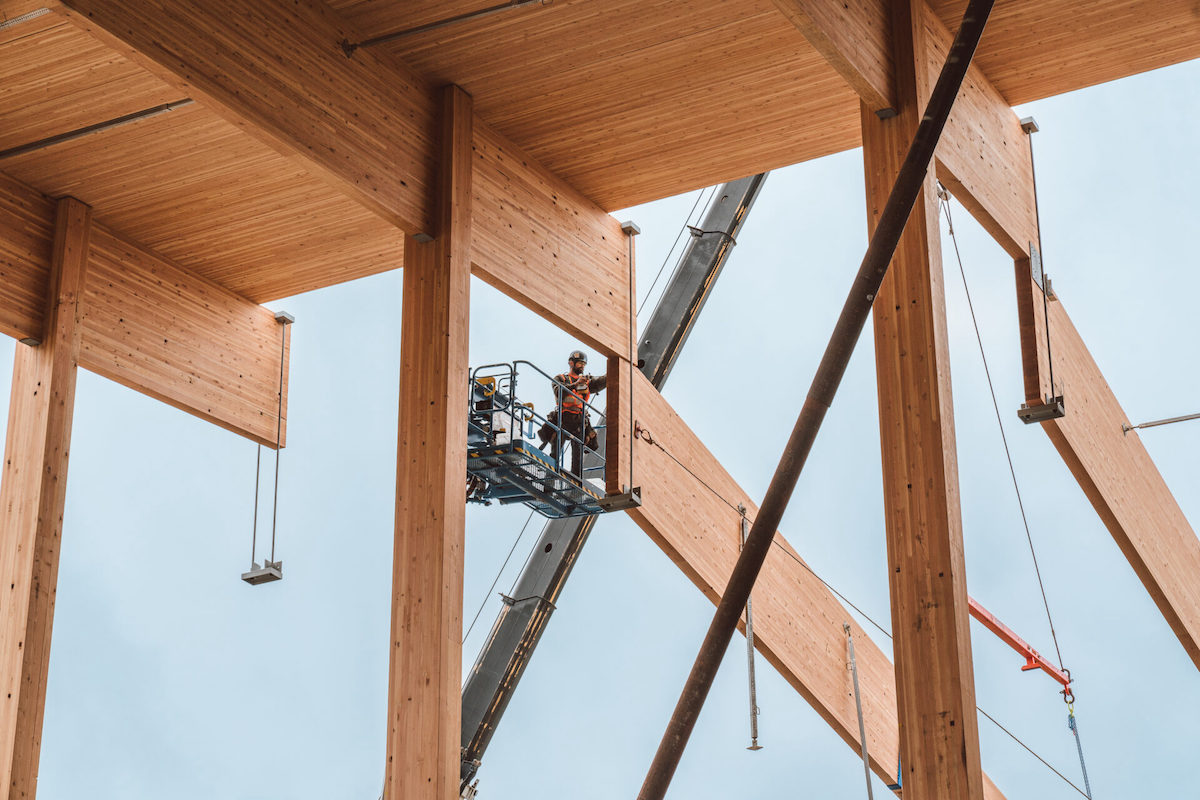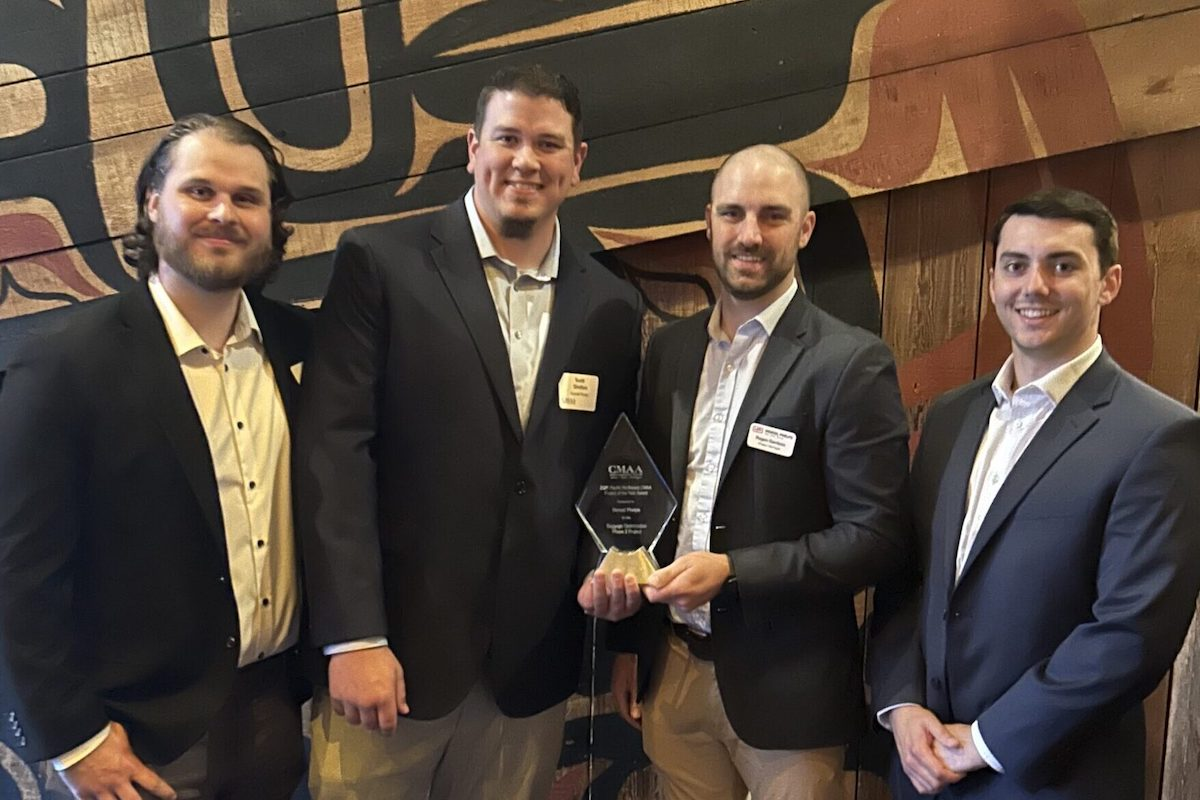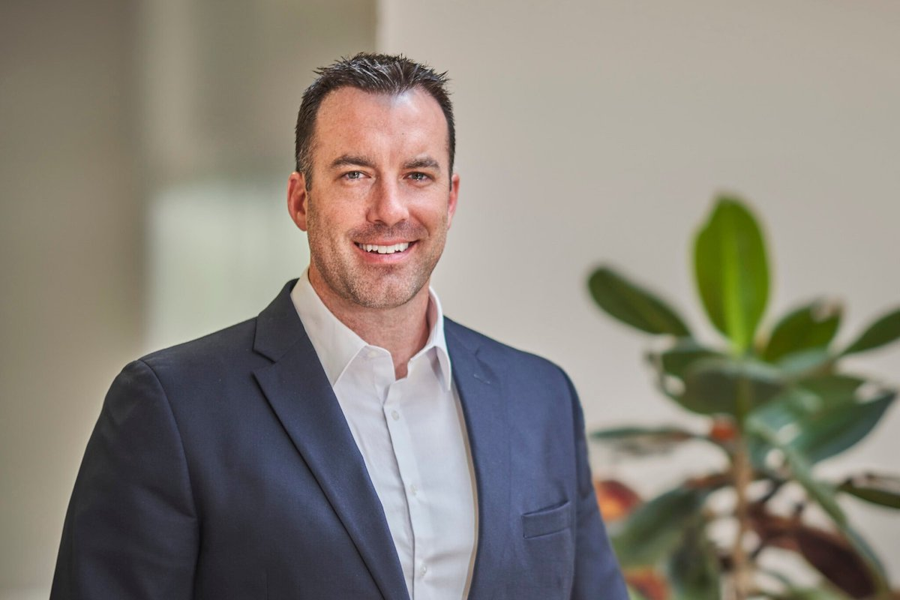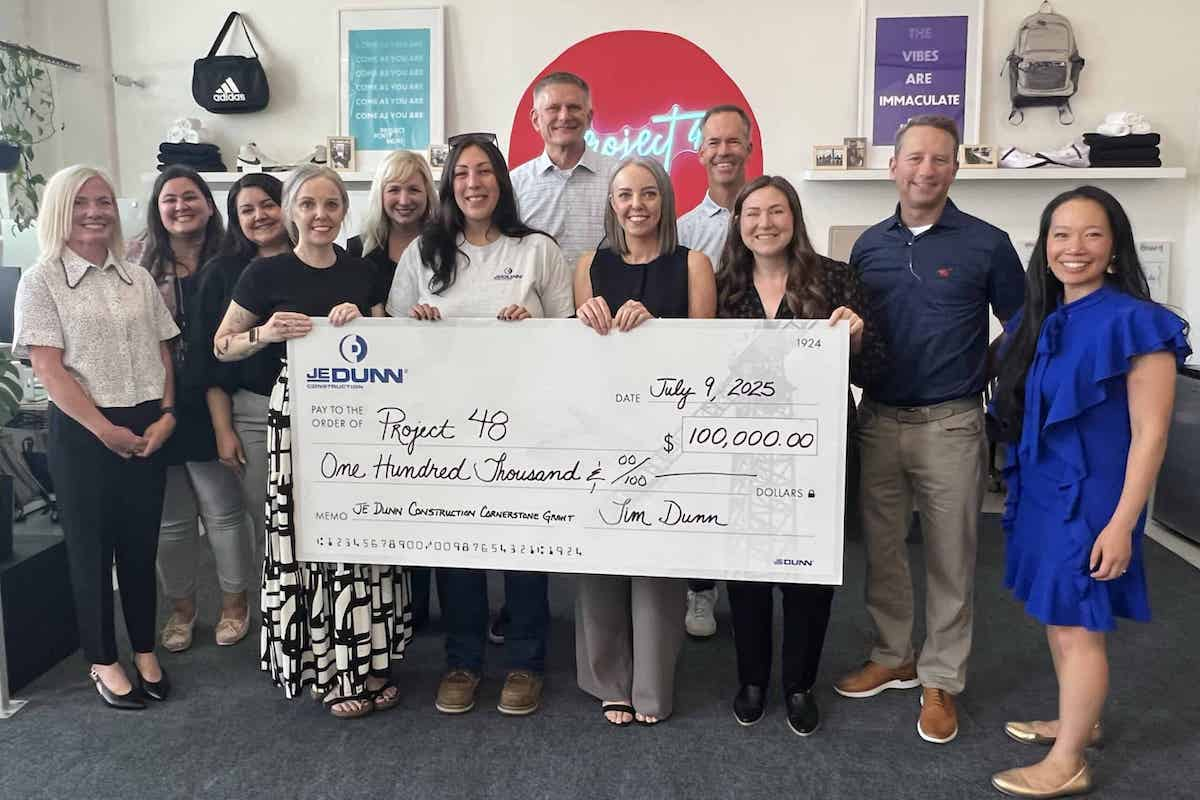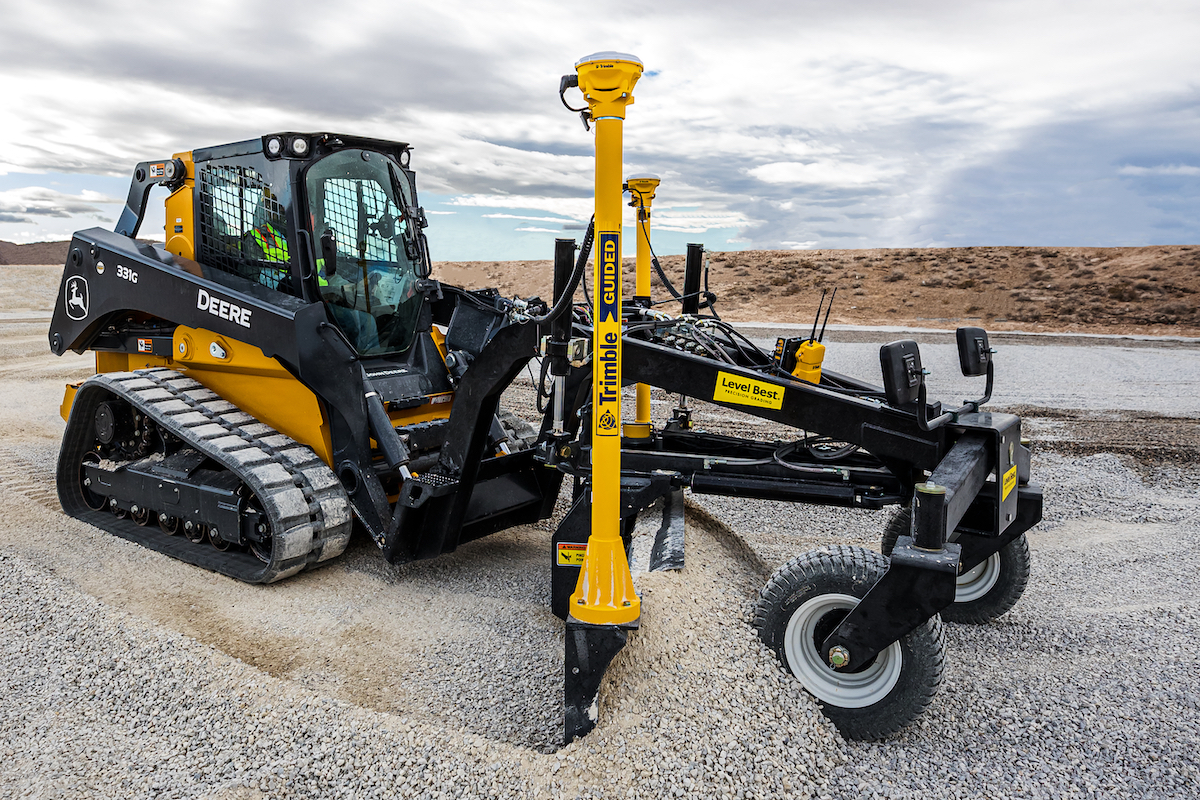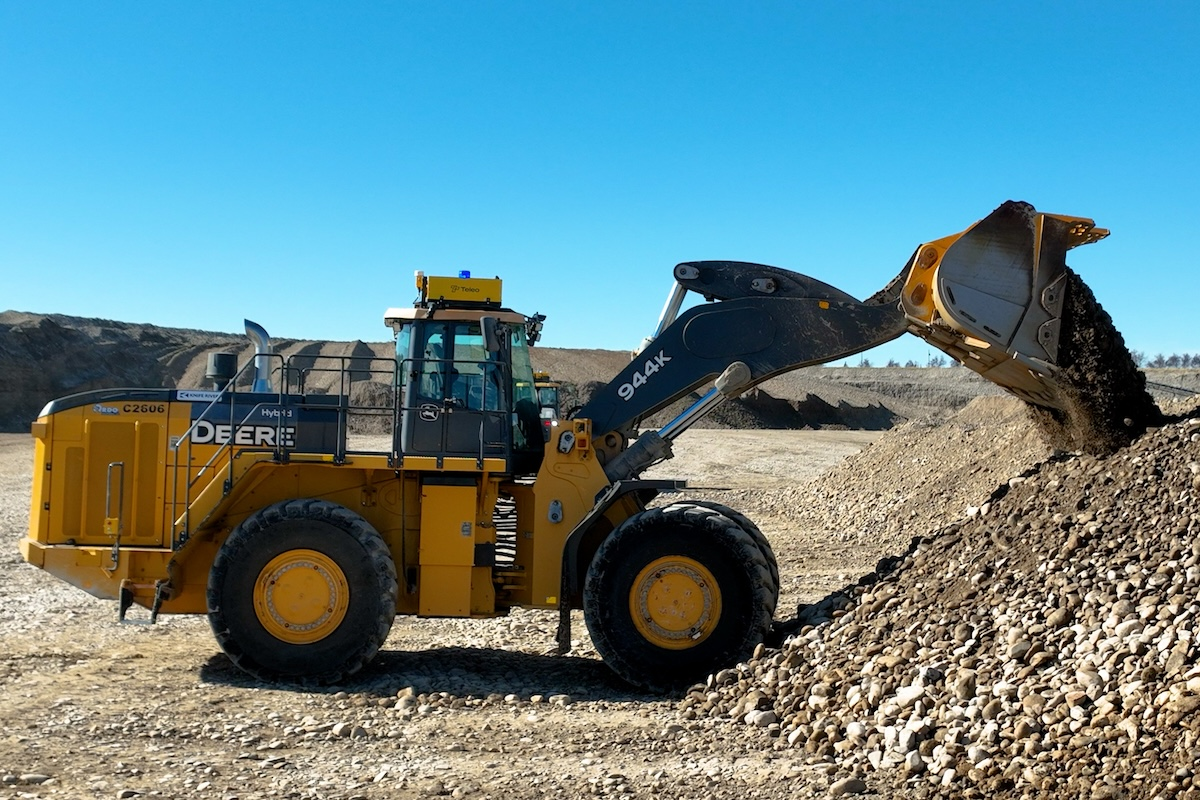“That looks different than just having a job,” Hempstead said. “Architecture and engineering is a passion–and you can keep designing and iterating on any one thing until you die. But a huge part of being a good architect is making time to give back to the community, to be inspired by the world around you, and making time to reset your energy–with family, friends, or going outside. If you are going to be great at this, you need to get up from your computer from time to time and let the world in! If your bucket is empty, you will not have anything to give to this career.”
Raised as the oldest of four kids in Springfield, Ohio by a mother who worked as a university professor and a social worker father, Hempstead has balanced career aspirations with personal values since she was a teenager.
“When it was time for me to look for colleges, my parents drew a driving circle and said, 'whoever gives you the best deal in this zone is where you should go,’” Hempstead said.
Hempstead chose to attend Ball State University in Muncie, Indiana after earning the Whitinger Scholarship, the university’s most prestigious scholarship. Her decision marked a return to her mother’s home state of Indiana where she relied on the support of extended family to take an internship in Indianapolis as she refined her design skills at school.

| Your local Bobcat dealer |
|---|
| Pape Material Handling |
During her third year at Ball State, Hempstead had the opportunity to study at the University of Architecture and Civil Engineering in Volgograd, Russia. “One of our professors, J. Bob Taylor, had connections in Russia, so a very small group of us got to go,” Hempstead said. “It was wild. We had Russian mob protection, which we didn't know until much later. The bus that picked us up was also the only hearse available, so sometimes you'd get in and there'd be a big coffin in the middle. Through it all, everyone there was so wonderful, welcoming us into their homes for tea or a chess match. I'm so grateful for the experience. I’ll never be able to do it again.”
Inspired by that experience, she took the opportunity her fourth year to spend a semester in Europe, as part of the school’s Polyark program (since renamed the World Tour). The program followed the course of Western civilization, starting in Egypt and concluding in England. Hempstead visited 13 countries during her time abroad. The trip was the beginning of a lifelong commitment to travel across the world.
“[Prince Alexander] was a great place to work,” Hempstead said. “They were small and entrepreneurial. Steve Alexander was a great mentor. He let you try anything. A great way to learn is by screwing up a couple times, then you make a better mistake tomorrow.”
Ready for a new challenge after a few years, Hempstead joined Schmidt Associates as a Graduate Architect in February 2001. Quickly promoted to Project Architect, Project Manager, Studio Leader and then Principal, Hempstead set her sights on growing the business as she began leading Schmidt Associates’ Higher Education and Community studios.
“I knew I could do business development and marketing because I had been doing it,” Hempstead said. “I could talk to people. It just seemed logical.”
Wayne Schmidt led the firm’s business development and marketing efforts at the time. As CEO, Schmidt handed out rain sticks to employees who he considered ‘rainmakers.’ Schmidt was initially hesitant to bring Hempstead into the fold on business development activities, she said, forcing her to take matters into her own hands. Hempstead purchased her own miniature rain stick, which she displayed proudly on her desk.
“Wayne could have gotten his nose out of joint, but he thought it was funny,” Hempstead said. “He then invited me to start participating in the business development sector.”
Hempstead’s relationship with Schmidt soon blossomed into an encouraging mentorship. When Schmidt started planning his retirement, he encouraged Hempstead to pursue his CEO position and helped prepare her.
“The reason for that is pretty simple: If you haven’t taken the time to figure out where you want to go, and if you aren’t intentional, you’re never going to reach those goals,” Hempstead said. “If you tell somebody who can help you, they can set the table so that you can reach those goals.”
As her career progressed, Hempstead embraced new mentors – both within the firm and outside of it. Ron Fisher, former COO at Schmidt Associates, taught Hempstead the value of maintaining tranquility amidst uncertainty.
“Ron was meticulous. He was a good COO that way. He was a planner, and he was very even keel,” Hempstead said. “I can be a little more like, ‘Oh! Let’s go do this!’ and Ron was good at teaching me the value of asking hard follow-up questions, of meticulous planning, and the yin and the yang of any new initiative. You really need both or nothing gets accomplished.”
Wes Harrison of Lynch, Harrison & Brumleve also played a role in shaping Hempstead’s leadership style by demonstrating the critical importance of intent listening and making time for others.
“[Wes] always goes out of his way to be excessively kind. You see it even when he comes in now – when he’s talking to interns and graduates, he’s gently coaching,” Hempstead said. “He never gave you the impression that he didn’t have time for you and your concern.”
Massive projects like the Indianapolis Motor Speedway Museum, the Kentucky Exhibition Center, and the MSD of Lawrence Township Administration Building are on the books for Schmidt Associates in 2024, each poised to reinvigorate a different historic site.
“I have the best job in the world. The work we get to do is so interesting with amazing design partners and clients. It’s wholly unique and custom, which makes it both fun and challenging, and you get new problems tomorrow,” Hempstead said. “It's very hard to be bored!”
One of Hempstead’s personal favorite projects on the board right now is Kentucky Trails at the Louisville Zoo, where designers at Schmidt Associates are tasked with creating a 22-acre exhibition that showcases plants and animals native to Kentucky.
“We're accommodating bison, elk, black bears, beavers, sandhill cranes – all these cool species that you'll never really get to design for again,” Hempstead said. “So, it's intellectually challenging, totally fascinating, and just a lot of fun.”
Navigating a dynamic landscape where design intersects with nature's inhabitants, Hempstead finds both intellectual stimulation and joy in crafting spaces for diverse species, while also contemplating the evolving role of the designer in an increasingly automated era.
“A lot of thought leaders believe that anything that can be computer generated or automated, will be. Even today, if I was to go into AI and type 'museum, showroom, IndyCar, natural light, terrazzo floor,' I could give you 150 iterations of what that space might look like just using the software. Clearly, it's not there yet, but it will be,” Hempstead said. “So, then what is the role of the designer? We've always been translators. Those listening and translation skills are going to be even more important than they are now, and probably way more valuable than the technical skills.”
Hempstead also points to the importance of human creativity in a rapidly changing technological landscape.
“With the widespread acceptance of 3D modeling software, even since I started my career, the production side of architecture has already vastly diminished. I believe that will continue to happen. What that elevates, though, is the need for critical design thinking,” Hempstead said. “Yes, we're producing way more and you could build this thing, but should you? Does it do the thing it’s supposed to do, or is it just an object in space? Because an object in space is fine, but that's art. There is supposed to be more to architecture.”
Although several paradigms have evolved since Hempstead embarked on her career in the early 2000s, the architecture profession remains male-dominated, despite recent upticks in female architecture student enrollment. Since 1907, AIA has bestowed 75 Gold Medal awards – the association’s most prestigious honor. Of those 75 medalists, only two were women.
Hempstead is keenly aware that she has few women peers alongside her at the top of the profession. “Every woman in a leadership position could tell you a story about somebody behaving badly,” Hempstead said.
But she learned long ago to roll with the challenge by always being a class-act. Once, as she was preparing to give a presentation to a historic building’s board about their restoration, one of the board members turned to Hempstead. Assuming she was the server, he asked, “Hey, honey, can you get me a glass of water before we get started?”
Hempstead got up and retrieved a glass of water. She placed it in front of the man, turned, and walked to the front of the room to deliver her presentation. The man’s face turned bright red.
“I never said a word about it,” she laughed.






















